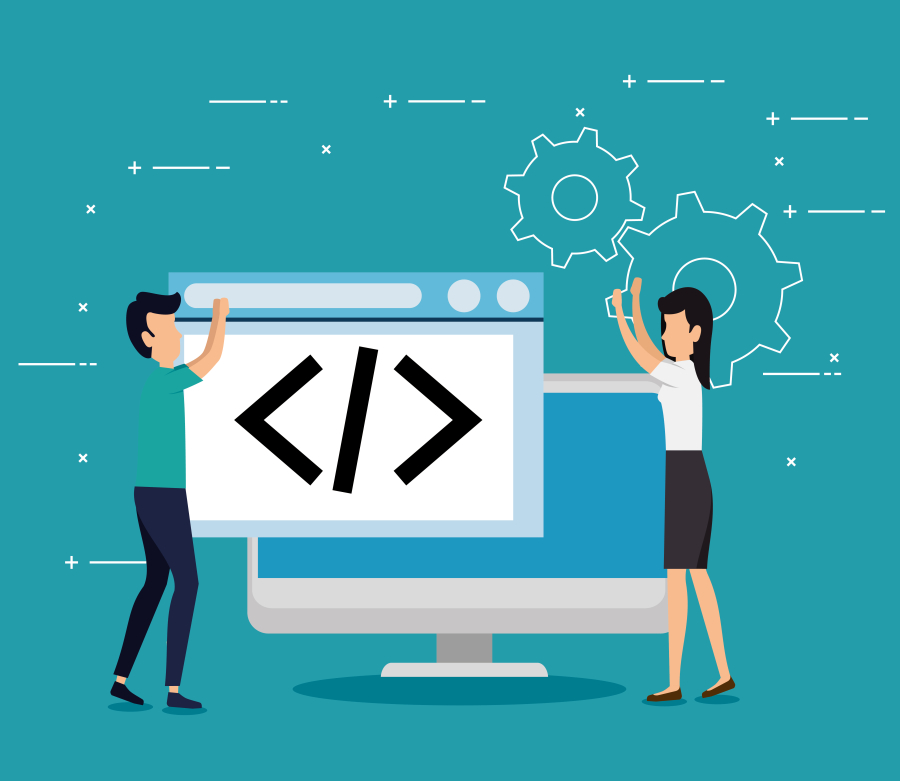Using Data-Driven Design to Improve Brand Impact
In today’s digital-first world, design is no longer just about aesthetics; it is about creating measurable impact for businesses and brands. Companies that rely solely on creative instincts may struggle to connect with their audience effectively. This is where data-driven design comes into play. By integrating analytics, user research, and measurable insights into the design process, brands can ensure their visuals, interfaces, and experiences truly resonate with their audience. For freelancers, agencies, and entrepreneurs, understanding how to apply data-driven design can be the difference between a brand that looks good and a brand that delivers long-lasting results.
On freelancerbridge, we believe that freelancers and professionals can leverage the power of data-driven design to not only improve creativity but also drive conversions, enhance brand perception, and strengthen client relationships. This guide explains what data-driven design means, its benefits, strategies to implement it, and how it directly improves brand impact.
Long Description
1. What is Data-Driven Design?
Data-driven design is an approach that combines creativity with insights obtained from data analysis. Instead of relying only on intuition, designers use metrics like user behavior, engagement rates, heatmaps, surveys, and testing results to shape design decisions. This ensures that every design element—colors, typography, layouts, call-to-actions, and imagery—serves a strategic purpose and aligns with user expectations.
For example, if analytics show that a majority of website visitors drop off at a certain section, a data-driven designer would optimize that part for better engagement. This approach creates designs that are not only beautiful but also functional and impactful.
2. Why Data-Driven Design Matters for Branding
Strong branding requires more than a logo or color scheme; it is about creating meaningful connections with the audience. Data-driven design plays a key role in:
Consistency Across Channels – Insights from data help create unified designs across social media, websites, apps, and advertisements.
Improved User Experience – Data highlights pain points, helping designers refine navigation, layouts, and interactions.
Higher Conversions – By analyzing how users respond to design elements, brands can optimize call-to-actions, forms, and landing pages to increase conversions.
Informed Storytelling – Brands can tell stories that align with user interests and cultural trends identified in the data.
Stronger Competitive Edge – Businesses that design with evidence-backed insights stand out against competitors who rely only on guesswork.
3. Key Metrics That Influence Design Decisions
To effectively implement data-driven design, freelancers and businesses should track specific metrics, such as:
Click-Through Rates (CTR): Measures the effectiveness of buttons, banners, and calls-to-action.
Heatmaps: Reveal which areas of a webpage users interact with the most.
Bounce Rates: Indicates whether design elements are engaging or causing users to leave.
Conversion Rates: Show how design contributes to sales, sign-ups, or inquiries.
User Surveys & Feedback: Provide qualitative insights into how users perceive brand visuals.
By analyzing these metrics, freelancers can make smarter design adjustments that amplify brand messaging.
4. Strategies for Using Data-Driven Design to Improve Brand Impact
a. Conduct A/B Testing
One of the most practical ways to test design choices is through A/B testing. By presenting two design variations to different audience groups, designers can measure which version performs better. For example, testing two different banner designs can reveal which generates more clicks.
b. Leverage User Personas
Creating detailed user personas based on data helps freelancers design with the target audience in mind. For instance, if the data shows that most users are mobile-first, the design strategy should prioritize mobile responsiveness.
c. Use Predictive Analytics
Predictive analytics tools can forecast future user behavior. Designers can use this information to stay ahead of trends and create future-ready brand identities.
d. Optimize Visual Hierarchy with Data
Analytics reveal how users interact with different elements on a page. This insight can help refine visual hierarchy so the most important elements (like brand values, call-to-actions, and offers) capture attention immediately.
e. Integrate Data into Brand Storytelling
Design is not just about visuals; it is about telling a brand story. Data helps identify what resonates with audiences—be it sustainability, innovation, or community engagement—allowing designers to weave those values into the overall brand identity.
5. Benefits of Data-Driven Design for Freelancers and Clients
For Freelancers: It enhances credibility by showcasing a professional, results-oriented design approach. Clients value evidence-based solutions, and this can help freelancers secure long-term partnerships.
For Clients: It reduces design risks, ensures higher ROI, and builds stronger connections with customers. Clients can see measurable results from design investments.
For Brands: It creates trust, increases brand loyalty, and ensures consistent improvement over time.
6. Real-World Examples of Data-Driven Design in Branding
E-commerce Platforms: Brands like Amazon use customer browsing and purchase data to optimize product placements and interface designs.
Social Media Campaigns: Companies rely on engagement metrics to refine visual ads, ensuring colors, text, and images maximize user response.
Mobile Apps: Fitness and health apps often redesign their dashboards based on data about which features users interact with most.
These examples show how data transforms simple design choices into powerful branding strategies.
7. Steps to Start Implementing Data-Driven Design as a Freelancer
Gather Data: Use tools like Google Analytics, Hotjar, and social media insights.
Analyze User Behavior: Identify what users like and dislike.
Set Clear Goals: Decide whether the design should increase sales, boost engagement, or improve awareness.
Experiment with Variations: Test different designs and track performance.
Refine and Repeat: Use the data to continuously optimize designs.
By following these steps, freelancers can align creativity with measurable results and position themselves as valuable partners to clients.
Conclusion
Data-driven design is the bridge between creativity and measurable brand success. In an era where every interaction matters, relying on data ensures that brands don’t just look appealing but also deliver meaningful results. For freelancers, this approach provides a competitive advantage and establishes them as strategic partners rather than just service providers.
By combining design intuition with analytics, freelancers and businesses can unlock the full potential of branding and create experiences that truly resonate. The future of branding lies in designs that are not only visually powerful but also proven effective through data.


 by Emily
by Emily




